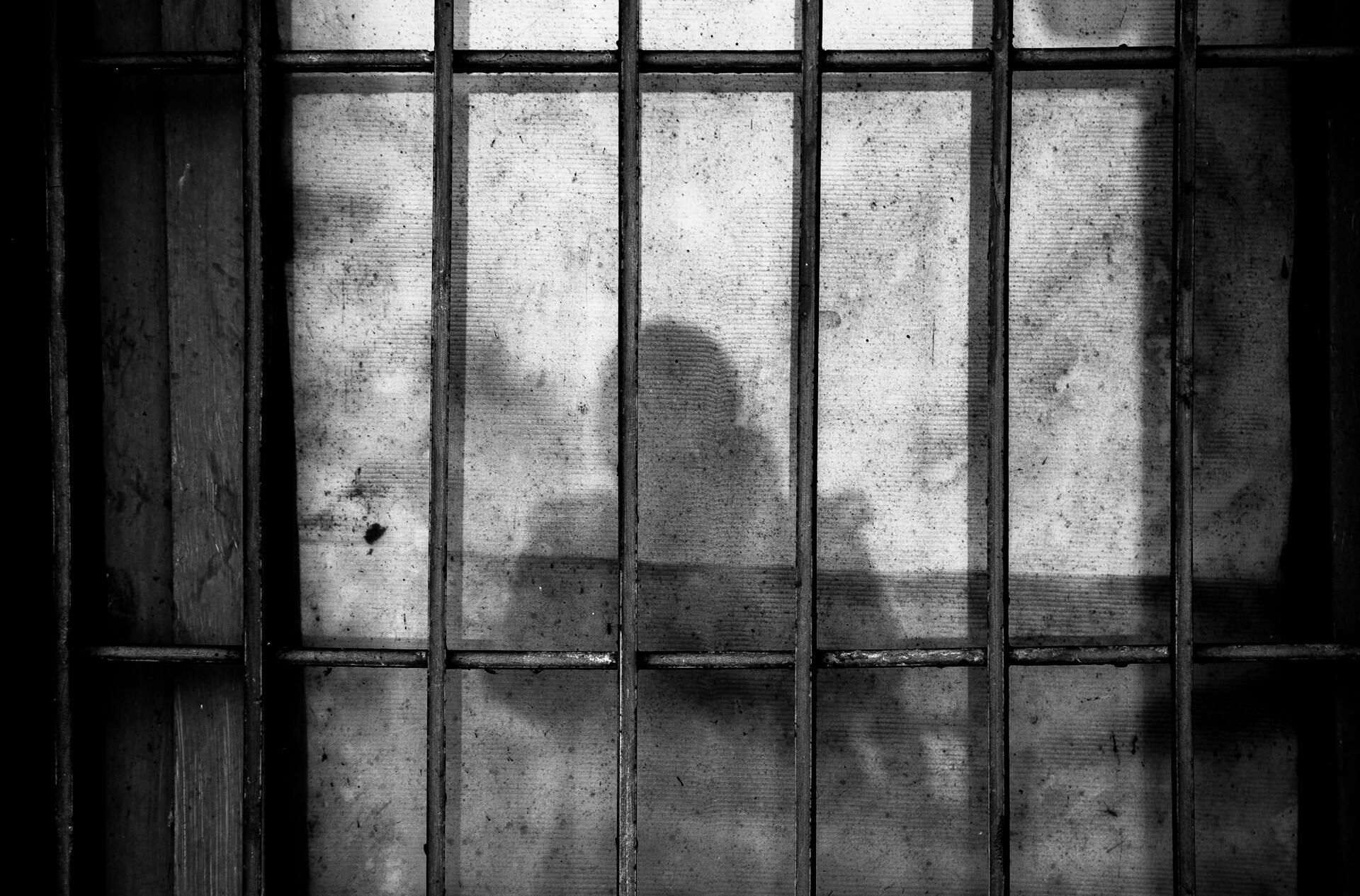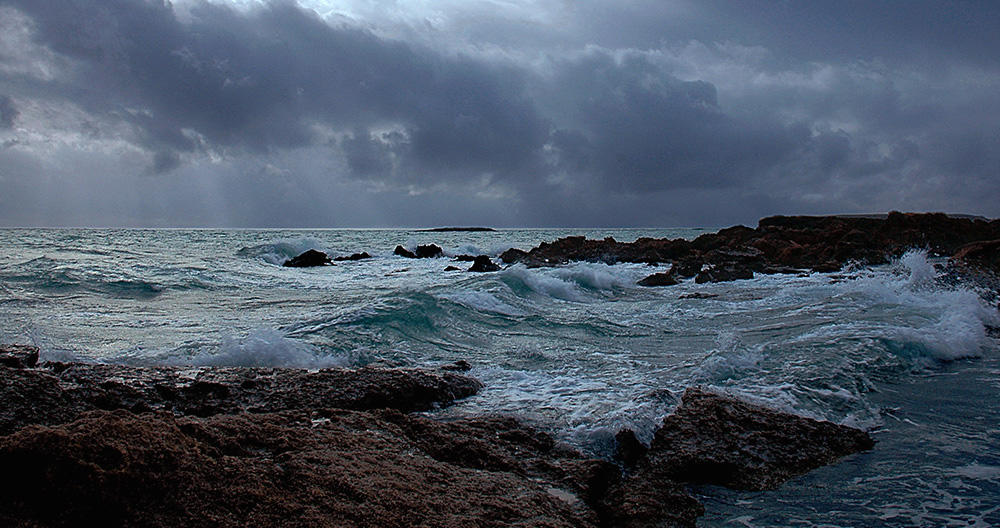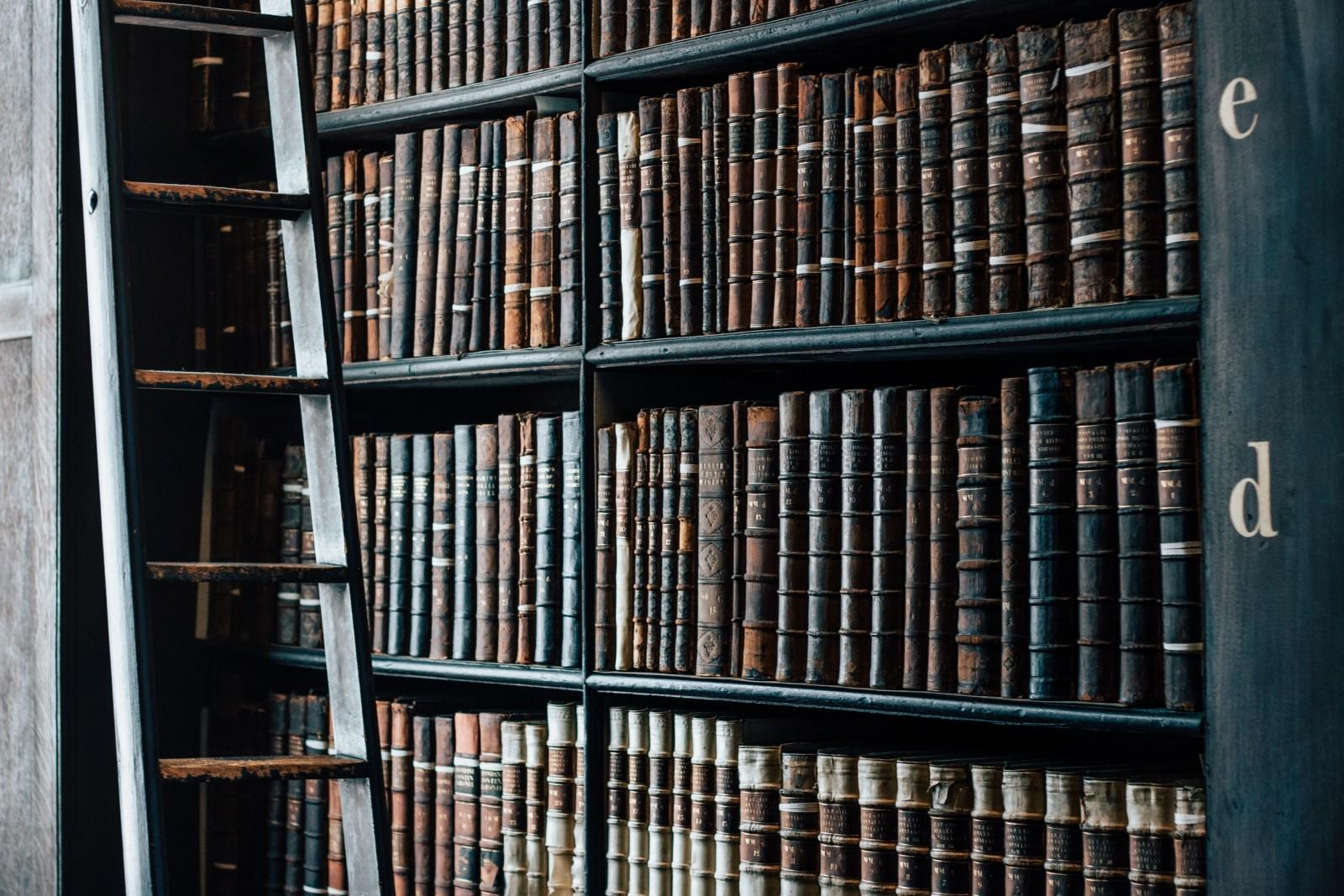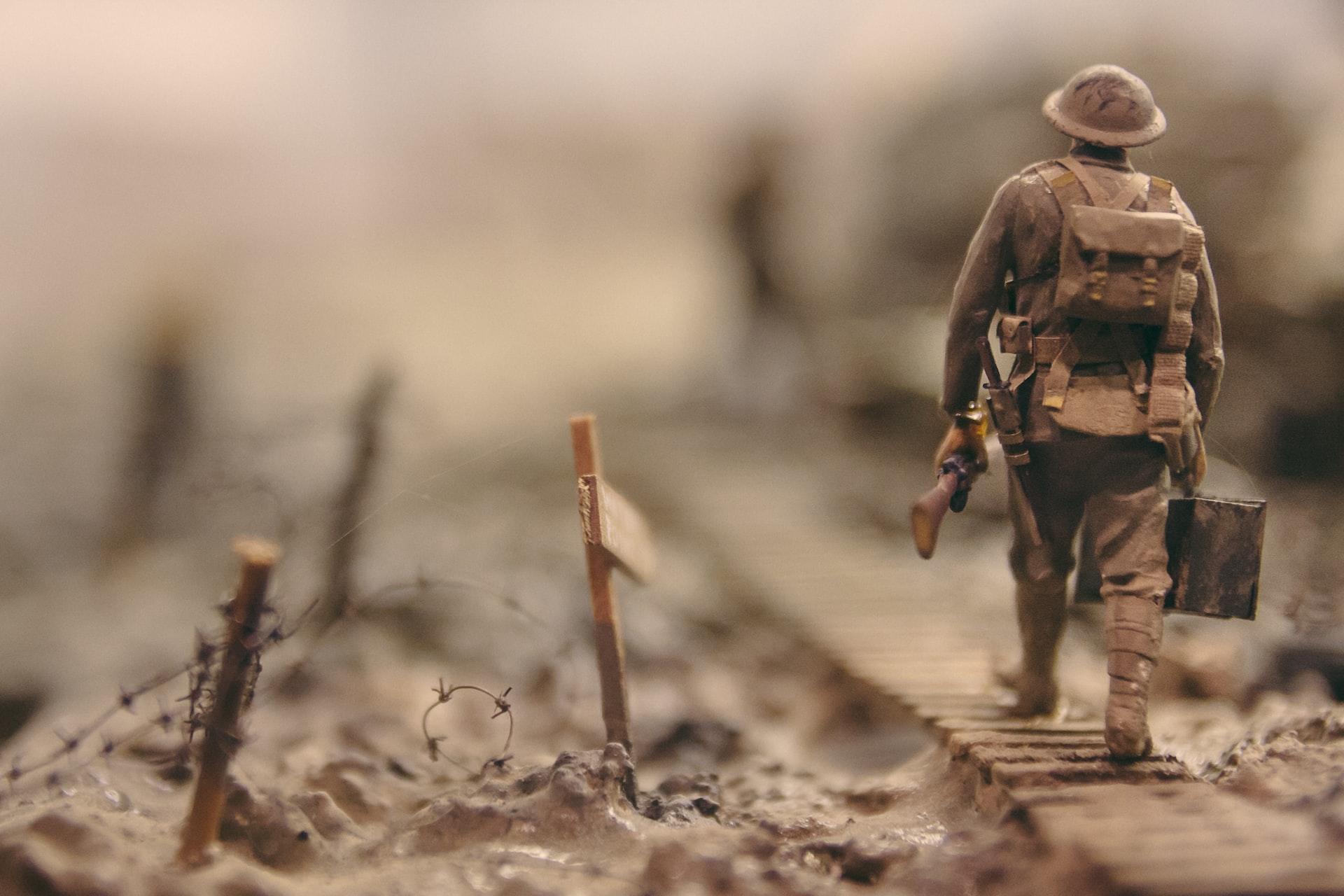Words, like nature, half reveal and half conceal the soul within.
Alfred Lord Tennyson
Today, few would clamour for war, let alone think that battle is glorious. Of course, shielded as we are from the horrors of war, we only have academic knowledge of how devastating it truly is, through reading or watching certain images. In The Charge of the Light Brigade, Alfred Lord Tennyson vividly depicts a historical battle through the perspective of the soldiers, influenced by the impact of newspaper coverage during that period.
In this article, we'll explore the impact of this poem through different angles, in terms of Tennyson himself, the message of the poem for each stanza, key themes, poem form, structure, and language.
| Category | Elaboration |
|---|---|
| Poet | Alfred Lord Tennyson |
| Historical background of Poem | The Battle of Balaclava during the Cremean War |
| Key Themes of Poem | Heroism and Bravery, Duty and Obedience, National Pride and Patriotism, Futility of War, Sacrifice and Loss |
| Poem Form | Narrative Poem with Ballad Style |
| Poem Structure | Six Stanzas, with baried lines, and a short final stanza |
| Highlighted elements of language | Rheterotical questions, direct speech |
| Examples of poetic devices | Repetition Alliteration Imagery Metaphor Personification Onomatopoeia Irony |
| Tone of poem | While it evokes an impending doom befalling the soldiers as the poem begins, it ends with a reflective mood to urge readers to honour the soldiers' sacrifices |

✍️ Poet of The Charge of the Light Brigade: Alfred Lord Tennyson
Alfred Lord Tennyson led a rather privileged life. He grew up safe in the rectory where his father preached. His family was well-to-do, with landowning status. He was educated at Cambridge (but didn't graduate). His family's status, along with early successes in poetry, no doubt helped to secure his placement there. What would such a man know of war?
Tennyson was made Poet Laureate by Queen Victoria. At the time of this writing, he was at the height of his career and popularity. He later revealed how he had read the news about the Battle of Balaclava in the Times.
According to him, the phrase 'Someone had blundered' established the rhythm of the poem. Indeed, the entire poem coalesced around that single line. He later came out with the first draft of the poem, which was a single effort that was jotted off in a few minutes.

⚔️ History Context of The Charge of the Light Brigade
The Charge of the Light Brigade is a poem that commemorates the ill-fated charge of the British cavalry brigade during the Battle of Balaclava in the Crimean War.
The poem captures the tragic and heroic nature of warfare, emphasising themes of duty, sacrifice, and honour. Despite the disastrous outcome of the charge, the soldiers' courage is celebrated as a symbol of unwavering loyalty and patriotism.
🌐Historical Context Of Charge of The Light Brigade
Tennyson wrote The Charge of the Light Brigade after reading a newspaper report about the Battle of Balaclava in 1854. At the time, Britain and France were at war with Russia. They were fighting over control of Crimea, the same region that Russia controversially re-occupied in 2014.

The Crimean War was one of the first wars in which the public could read regular updates in newspapers. The newly developed electric telegraph network made this feat possible.
For the first time ever, journalists were sent to report on the events as they happened. This record indicates that on October 25, 1854, around 670 cavalrymen and officers received an ambiguous order. They were to attack Russian troops whose position was reinforced with cannons.
Tennyson relates how the cavalry (the ‘Light Brigade’) attacked, showing heroic bravery and discipline, despite severe artillery fire from three directions. They failed to defeat the gunners and were forced to retreat.
The British cavalry force during the Battle of Balaclava consisted of the Heavy Brigade and the Light Brigade. The Light Brigade were unarmed and only equipped with light sabres and lances, for mobility and speed. They were forced to face heavy combat, which resulted in disastrous consequences.

📜 Stanza Summary Analysis of The Charge of the Light Brigade
After reviewing the historical context and the background of the poet, let's explore the key focus of this iconic poem.
Half a league onward,
All in the valley of Death
rode the six hundred.
"Forward, the Light Brigade!
"Charge for the guns!" he said:
Into the valley of Death
Rode the six hundred.
Was there a man dismay'd?
Not tho' the soldier knew
Someone had blunder'd:
Theirs not to make reply,
Theirs not to reason why,
Theirs but to do and die:
Into the valley of Death
Rode the six hundred.
This first stanza describes the journey of the 600 Light Brigade soldiers when they were given a command to march forward, with an ominous tone, implying upcoming doom and death.
The second stanza highlights the obedience and loyalty of the soldiers to continue with the course without questioning, even as they knew something was wrong with the given command.
Cannon to left of them,
Cannon in front of them
Volley'd and thunder'd;
Storm'd at with shot and shell,
Boldly they rode and well,
Into the jaws of Death,
Into the mouth of Hell
Rode the six hundred.
Flash'd as they turn'd in air,
Sabring the gunners there,
Charging an army, while
All the world wonder'd:
Plunged in the battery-smoke
Right thro' the line they broke;
Cossack and Russian
Reel'd from the sabre stroke
Shatter'd and sunder'd.
Then they rode back, but not
Not the six hundred.
The third stanza vividly describes the overwhelming scale of the enemy's artillery, with the Light Brigade surrounded and outnumbered by destructive cannon fire. Despite the odds, the soldiers marched on with unwavering courage.
The fourth stanza continues to describe the bravery of the Light Brigade, and how they gave their best fight during the direct combat with the Russians despite being armoured with only sabres.
Cannon to left of them,
Cannon behind them
Volley'd and thunder'd;
Storm'd at with shot and shell,
While horse and hero fell,
They that had fought so well
Came thro' the jaws of Death
Back from the mouth of Hell,
All that was left of them,
Left of six hundred.
O the wild charge they made!
All the world wondered.
Honour the charge they made,
Honour the Light Brigade,
Noble six hundred.
The fifth stanza paints a descriptive image of the danger faced by the Light Brigade, with the falling of horses and soldiers who eventually lost their lives during the terrible combat.
The sixth and final stanza urges the readers to remember the noble sacrifice and glorious bravery of the Light Brigade. Their unwavering heroic acts deserve to be commemorated with honour, as they demonstrated what it means to love their country, even to the extent of laying down their lives.
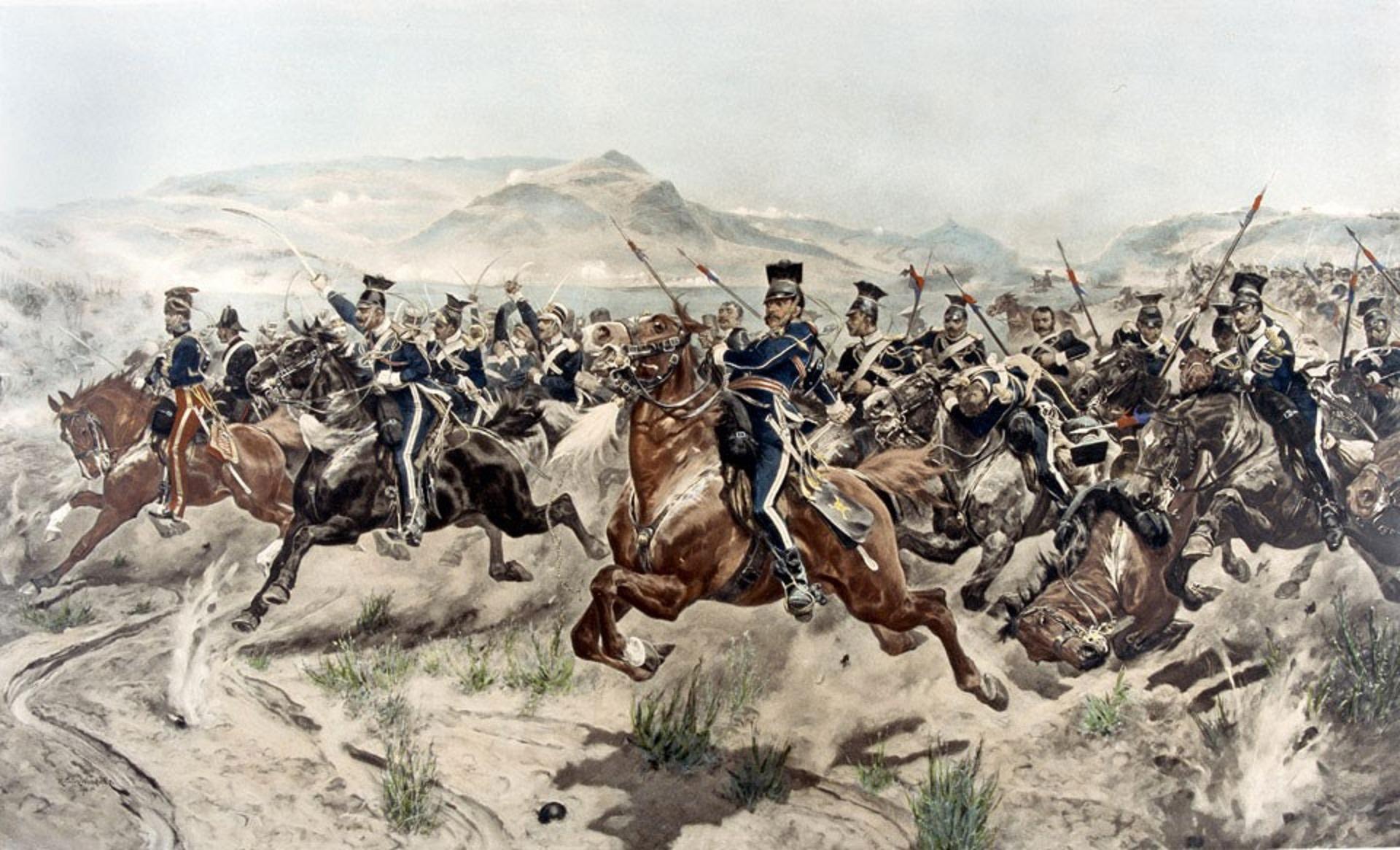
🩸 Key Themes Analysis of The Charge of the Light Brigade
When writing 'The Charge of the Light Brigade', Tennyson wanted to pay respect to the military personnel who had lost their lives, while reflecting on the duality of war, which brought out the best and worst of mankind.
Heroism and Bravery
Duty and Obedience
National Pride and Patriotism
Futility of War
Sacrifice and Loss
📖 Poem Analysis of The Charge of the Light Brigade
You can't read The Charge of the Light Brigade without quickly noticing its rich form, structure, language, and application of various poetic devices. So let's dive deeper into them individually.
☑️ Form and structure
The Charge of the Light Brigade is a narrative poem with a ballad style. A ballad style is usually accompanied by three Rs: repetition, rhyme scheme, and rhythm. The repetition of certain phrases creates a sense of rhythm that mimics the movement of horses when the soldiers march forward during the war.
Did you know the phrase "six hundred" was repeated 7 times in this poem? By repeating the number of soldiers of the Light Brigade, it not only establishes a battle-like rhythm when reading, but it also reminds the readers of the main characters of the poem, the heroes who ought to be celebrated and remembered.
In terms of structure, this poem follows a chronological buildup of what happened to the Light Brigade and consists of six stanzas. The number of lines varies according to stanzas: more descriptive, longer lines were present during the first five stanzas, and the final stanza was shorter but more concise.
The varied structure indicates a tone shift from the highest point of the poem (combat) to the lowest point of the poem (reflection of the combat).
Feel free to explore the form and structure of another popular poem, When We Two Parted by Lord Byron.
☑️ Language and Poetic Devices
Tennyson is a master of language and poetic devices. Some of the obvious elements of language that he used include the following:
Rhetorical questions
- Tennyson uses rhetorical questions to engage the audience with the battle scene during the final stanza:
- Example: When can their glory fade?
Direct speech
- The usage of direct speech makes the portrayal of the battle scene more realistic. It's an order that soldiers will hear during the battle.
- Example: Forward, the Light Brigade!
Imagery
- Evokes immediate emotions and knowledge of foretelling death
- Example: Valley of Death is taken from Psalm 23 in the Bible, Even though I walk through the valley of death
Poetic devices play a huge role in bringing a poem to life. It is used by many famous poets like Lord Byron and Shakespeare, as seen in his narrative ballad poem, Blow Blow Thou Winter Wind.
In The Charge of the Light Brigade, Tennyson uses a wide range of devices, whether it's in terms of sound devices and figurative language to enrich the entire poem, as seen in the following examples.
| Poetic Device | Examples |
|---|---|
| Repetition | Tennyson uses repetition for emphasis and to create a sense of rhythm, as seen in the recurring line "Half a league, half a league, / Half a league onward" and "Into the valley of Death / Rode the six hundred." |
| Alliteration | "The poem contains instances of alliteration, where consonant sounds are repeated in close proximity for effect, such as in "Cannon to right of them, / Cannon to left of them, / Cannon in front of them" and "Boldly they rode and well." |
| Imagery | "Tennyson employs vivid imagery to evoke the chaos and intensity of battle, describing "the mouth of Hell" and "the jaws of Death" to depict the danger faced by the soldiers." |
| Metaphor | "The poem uses metaphor to convey the bravery and determination of the soldiers, such as likening them to "the mouth of Hell" and "the jaws of Death," emphasizing their courage in the face of peril." |
| Personification | "Tennyson personifies abstract concepts such as "Death" and "Hell," giving them human-like qualities to emphasize their menacing presence on the battlefield." |
| Onomatopoeia | "The poem includes onomatopoeic words, such as "thundered" and "roared," to evoke the sounds of battle and create a sense of realism." |
| Irony | "There is a subtle use of irony in the poem, as the soldiers charge bravely into battle despite the futility of their mission, highlighting the incompetence of their commanders and the senselessness of war." |
🗣️ Master GCSE English Comprehensively With Superprof
As a GCSE student, you not only want to understand The Charge of The Light Brigade from A to Z, you'll certainly want to know the right tips to answer related questions of this poem during the actual exam, especially in terms of comparing different poems.
For instance, when you compare this poem with the darkness of Porphyria's Lover, you'll see that both poems are based on actual events. However, they certainly differ in themes and the usage of different poetic devices.

Beyond annotating your poem when you revise it, it's best to hire an experienced GCSE English tutor to help you fill in the gap on what you should know when you study a poem in terms of its historical context, poet background, form, structure, and language.
At Superprof, you can easily connect with the best GCSE English tutors near you in just a few steps. All you need to do is indicate your preferred subject and current location to start browsing the tutors' profiles.
As you are browsing the tutors' profiles, you can look at their years of tutoring experience, tutoring qualifications, online reviews of past students, and also their hourly rates.
Having one-to-one tutoring will offer you a personalised and flexible learning experience. Your tutor will be able to guide you according to your GCSE exam boards, whether it's AQA, Edexcel, OCR, WJEC, and CCEA. Not only that, 97% of Superprof tutors offer their first lesson for free!
What are you waiting for? Embark on this literary learning journey with the help of an experienced Superprof tutor today! Ace your exam like a pro!



















